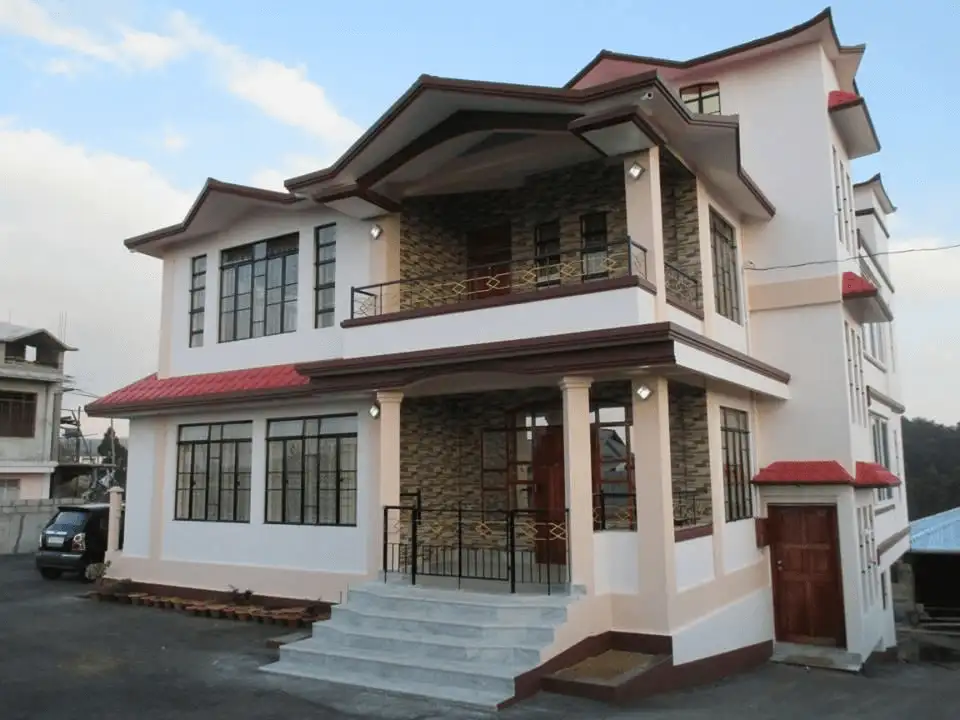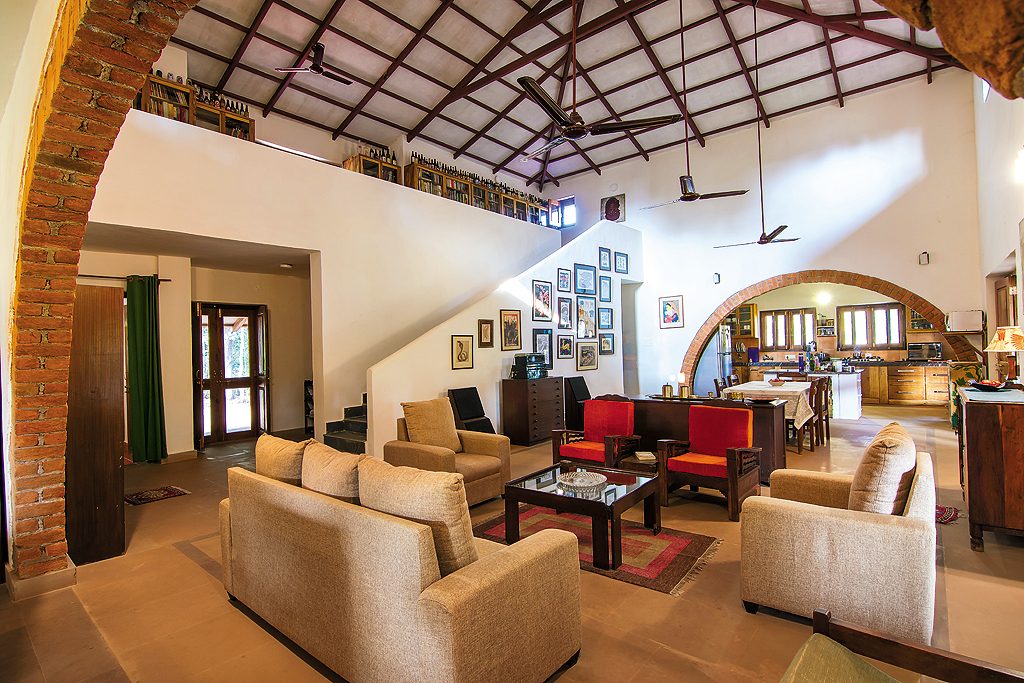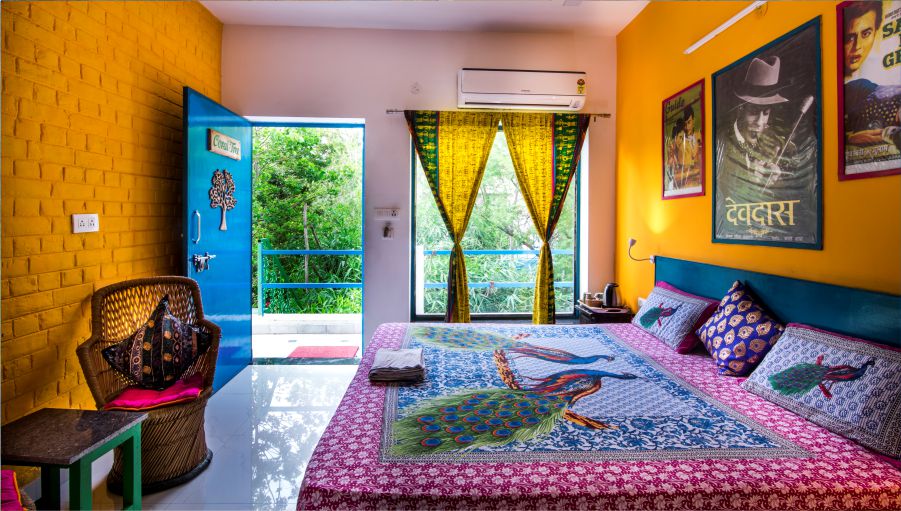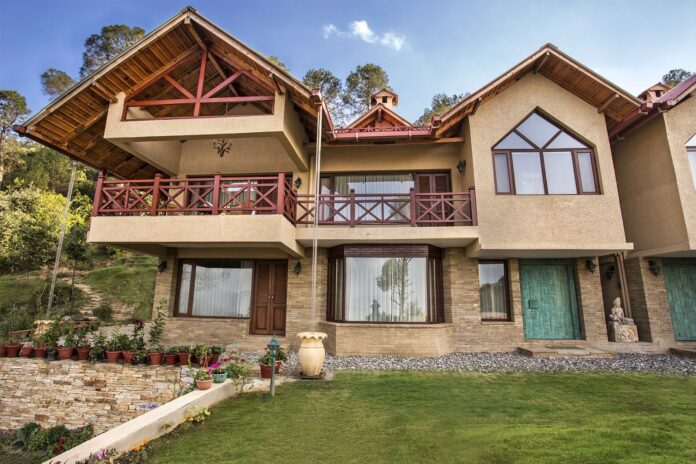Homestays have grown in favor in the post-COVID era, when social distance, sanitation, hygiene, and privacy have become major objectives for vacationers. Due to the fact that hotels receive more foot traffic and have more touch points than homestays, the latter is now the most popular “getaway” lodging. Homestays at motorable destinations from city centers have also experienced exponential development in the past year, led by protracted, staycation, and workcation packages, thanks to the emergence of the “work-from-anywhere” atmosphere.

In India, though, the idea of a homestay is not new. As they seek out an authentic, local travel experience, more and more domestic and foreign tourists in the nation are choosing warm homestays over traditional hotels in recent years. Other elements that have contributed to the expansion of this market are the casual setting, adaptability, and “value for money” that homestays offer, particularly when traveling in a large group. The homestays market, on the other hand, is still in its infancy and is incredibly disorganized, with a dearth of well-known brands in the industry, particularly in the premium sector.

Homestays have received numerous incentives from the Indian government over the years, including subsidies and relaxations of licensing requirements, as they support eco-tourism and rural tourism and serve to improve the socioeconomic conditions of the area by providing alternative sources of income for the local residents. Additionally, it has contributed to closing the supply-demand gap in a number of places, particularly those in rural areas that are still in the early stages of commercial development.

In India, there are numerous unknown and underdeveloped hill stations, wildlife preserves, beaches, and heritage sites that can be transformed into well-known tourist attractions but are trailing because of a lack of high-quality lodging. Homestays can fill this need, especially in areas where building a hotel may not be financially feasible due to high land and construction expenses and protracted licensing processes. Due to lower overhead expenses and more profitability than a typical hotel, creating a luxury homestay in such areas will offer visitors a superior value proposition and contribute to the destination’s overall development and expansion.




